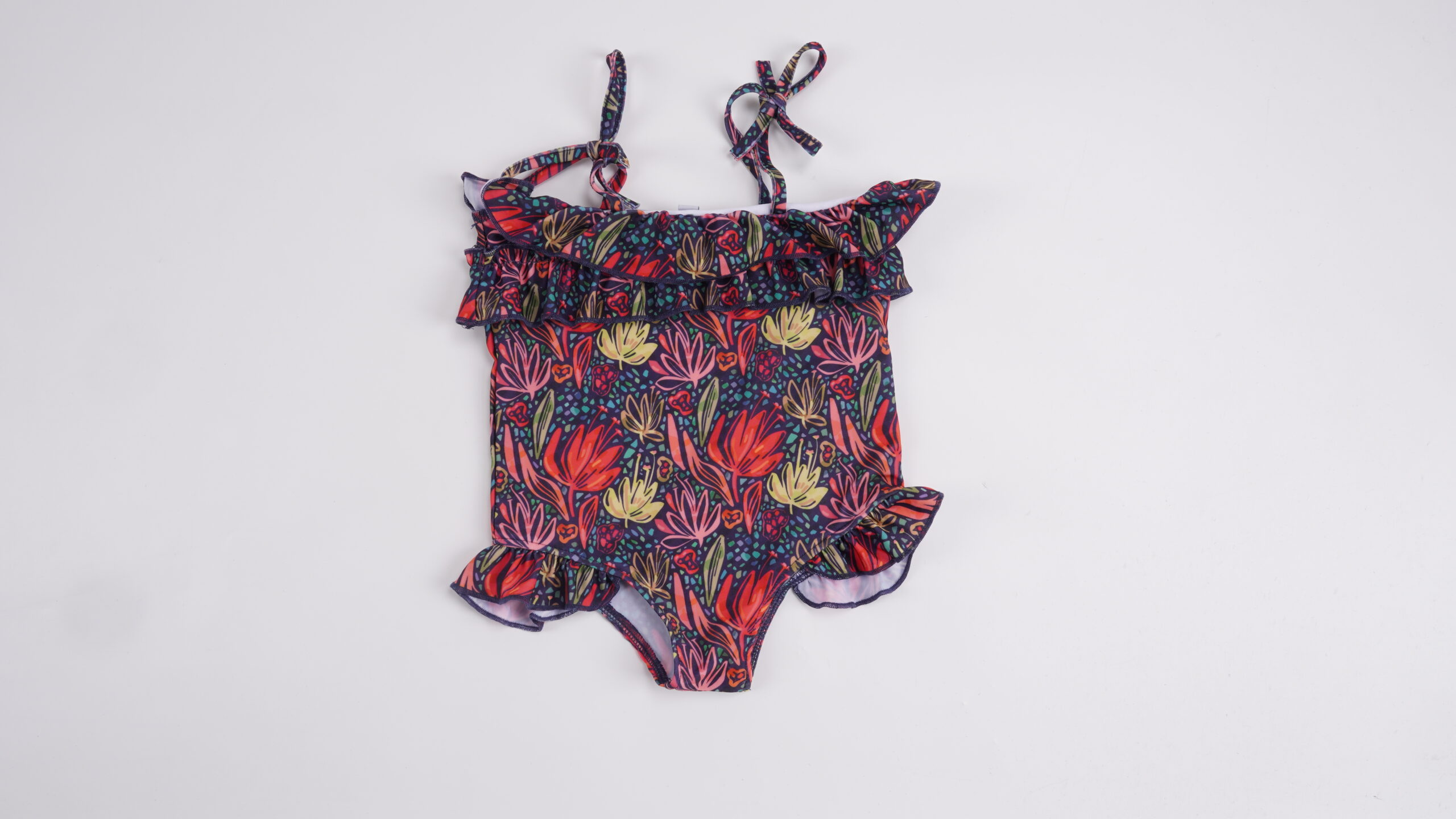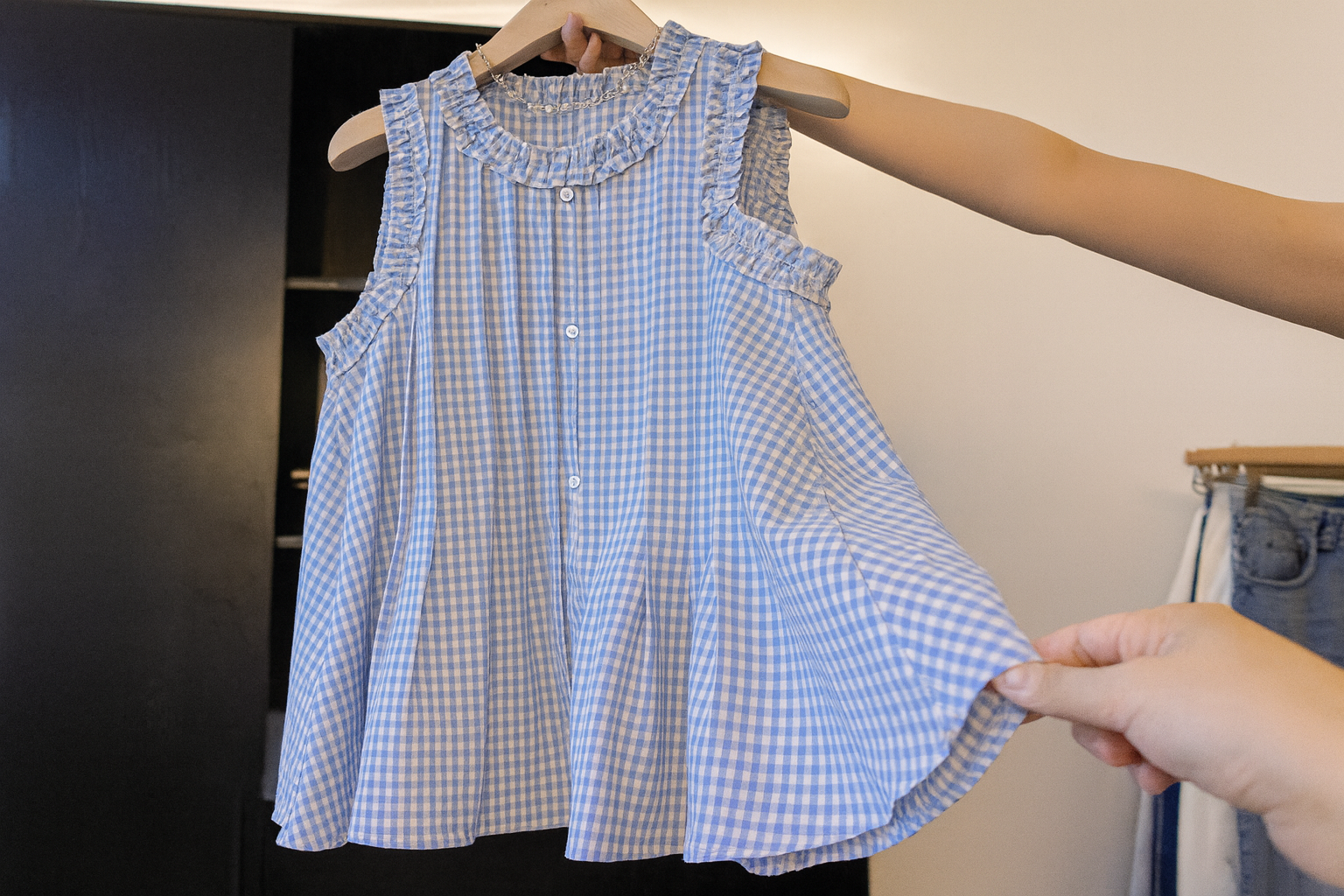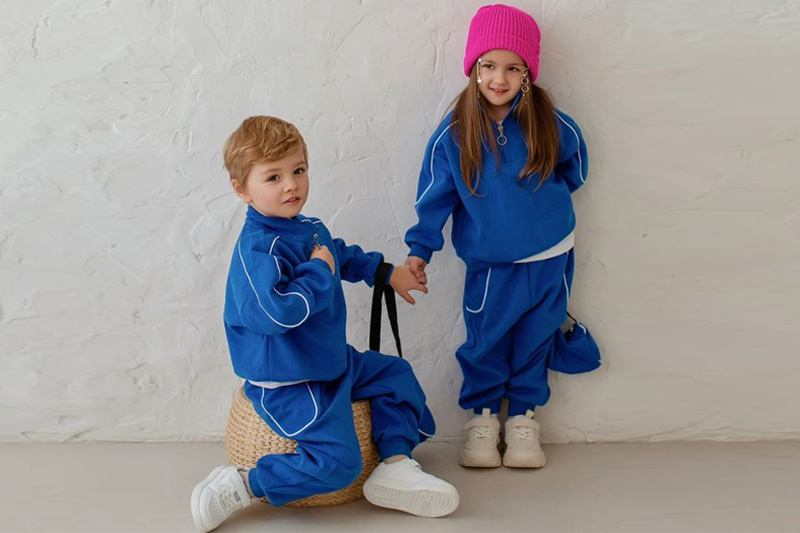Starting a kids’ swimwear brand sounds like a dream—bright colors, tiny suits, and endless summer vibes. But behind the sunshine, there’s real work to do. From choosing the right fabric to finding a trustworthy supplier, it takes smart decisions and a whole lot of heart.
To start a kids’ swimwear brand, you need to identify your target market, select safe and high-quality fabrics, ensure sun protection features like UPF 50+, and work with ethical manufacturers. Your designs should balance fun and function, cover a broad size range, and reflect your brand identity. Sustainable practices and smart marketing will help you connect with modern parents and build trust.
Let’s break it down step by step—like we're sitting poolside, planning your brand over iced tea.
Who is your target customer in the kids’ swimwear market?
First things first—who are you really designing for?
Your target customer isn't just the child; it's the parent buying the swimwear. Understanding age range, style preferences, and budget expectations will guide your product design and marketing strategy.
I’ve worked with many clients who start with “I want to make cute swimsuits!” And that’s great—but vague. Is your customer a beach-loving Australian mom who wants gender-neutral surf suits? Or a European dad looking for minimal, UPF-protective swimwear for his twins?
Define your audience by asking:
- What age group am I targeting? (Baby? Toddler? Tween?)
- What values matter to my customers? (Safety, style, sustainability?)
- Where do they shop—online, boutiques, or big box stores?
Knowing your customer means you design smarter, spend less on the wrong things, and build real loyalty.
What types of fabrics are best for children’s swimwear?
Choosing the wrong fabric is like building a sandcastle with dry sand—it just doesn’t hold up.
The best fabrics for kids’ swimwear are blends of nylon or polyester with spandex (also known as elastane or Lycra), offering stretch, durability, and quick-dry comfort. Look for options that are soft, fade-resistant, and chlorine-safe.
Let’s face it: kids are rough on clothes. Sand, salt, sunscreen, and repeated washing? It’s a fabric stress test. That’s why you’ll want to look for:
- Recycled polyester (RPET) for eco-conscious brands
- Chlorine-resistant options for long-term durability
- Oeko-Tex certified textiles for skin safety
Need help sourcing? That’s where we come in—Taian Lianchuang Textile Co., Ltd. can recommend materials that check all the boxes, including comfort and compliance.
How can you ensure sun protection (like UPF 50+) in your swimwear line?
Parents want peace of mind when their kids are playing in the sun.
UPF 50+ swimwear blocks 98% of the sun’s harmful UV rays, and it's a must-have for modern kidswear. You can ensure sun protection by selecting fabrics tested and certified for UPF performance.
Here’s the thing—sunburn isn’t just a summer inconvenience. It’s a safety issue, and parents are taking it seriously. That’s why many are skipping the sunscreen battles and turning to UPF swimwear instead.
Key tips:
- Choose fabric with tight weave density
- Opt for darker, deeper colors when possible
- Work with suppliers that can provide UPF certification reports
We’ve helped many startup brands add UPF 50+ to their designs without compromising softness or flexibility.
Where can you find reliable and ethical manufacturers for kids’ swimwear?
Finding the right manufacturer is a make-or-break moment.
Look for manufacturers who specialize in kidswear, can show certifications, offer small MOQs, and communicate clearly. Ethical practices, transparency, and proven swimwear experience are non-negotiable.
Not all suppliers are created equal. Some will promise the moon and ghost you when it’s crunch time. Others might deliver on time, but cut corners in ways that could damage your brand’s trust.
Here’s what to ask:
| Questions to Ask | Why It Matters |
|---|---|
| Do you have kids’ swimwear samples? | Shows relevant product experience |
| Can you provide UPF test results? | Ensures safety compliance |
| Do you accept small batch orders? | Helps startups scale slowly |
| What’s your communication process? | Avoids costly miscommunications |
At Taian Lianchuang, we’ve worked with hundreds of emerging brands—walking them through sampling, sourcing, and scaling with patience and care.
What makes a kids’ swimwear design both fun and functional?
It’s got to spark joy and survive the slip-n-slide.
The best swimwear designs blend fun (bright prints, cute cuts, whimsical details) with functionality (easy-on zippers, secure fits, and high-stretch fabrics).
Kids hate fiddly fasteners and parents hate sand-trapping ruffles. It’s about balance—give them something joyful, but not annoying to wear.
Smart design features include:
- Zippers with guards to prevent pinching
- Built-in swim diapers for baby sizes
- Rash guards for extra sun protection
- Flatlock seams to prevent chafing
Oh, and don’t forget—kids love pockets. Even in swimsuits. For rocks. Shells. Mystery items. You’ve been warned.
Should your brand focus on sustainability and eco-friendly materials?
If you want to stand out in today’s market—yes.
Sustainability is no longer optional for many modern brands. Using eco fabrics like recycled polyester, biodegradable packaging, and ethical production helps build trust with conscious parents.
More and more, we’re seeing buyers choose products that match their values. Not just what’s cute—but what feels right. This is especially true in North America and Australia, where eco-awareness is front and center.
Start small:
- Offer one “eco capsule” collection
- Highlight recycled or organic materials in product tags
- Be honest—don’t greenwash
Even a small shift can make your brand stand out. And guess what? It makes you feel better, too.
How does Taian Lianchuang Textile Co., Ltd. help clients create a new swimwear brand?
We’re not just manufacturers—we’re co-creators.
At Taian Lianchuang, we help startups build their kids’ swimwear brands by offering material sourcing, sample development, pattern support, and ethical production at low MOQs.
We get it—starting a brand is overwhelming. That’s why we simplify things:
- Share fabric and print recommendations
- Provide size charts and tech pack support
- Offer transparent communication (so you’re never left guessing)
Our team works with clients from North America, Australia, and Europe, helping turn your beachwear dreams into product reality—without the stress.
Conclusion
Starting a kids' swimwear brand is like building a sandcastle—it takes the right mix of vision, material, and a little help from the tide. With the right foundation and partners, you can create something that lasts and truly shines.



